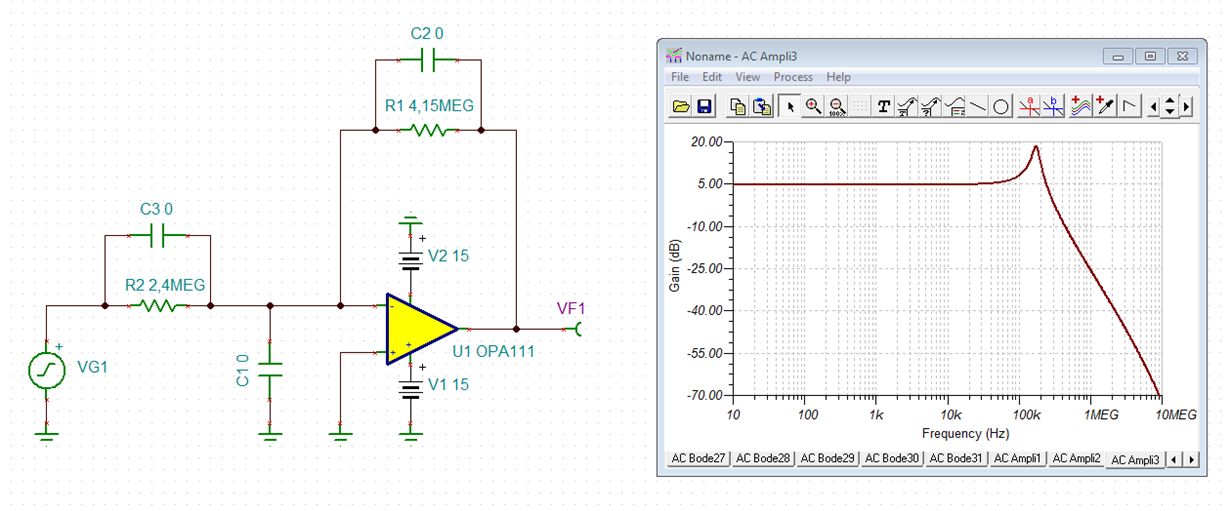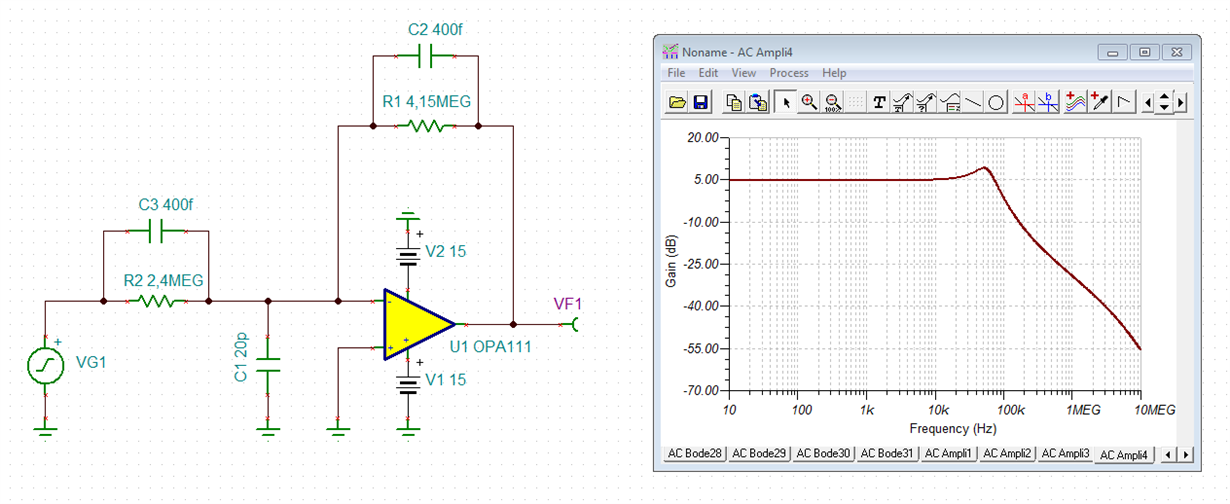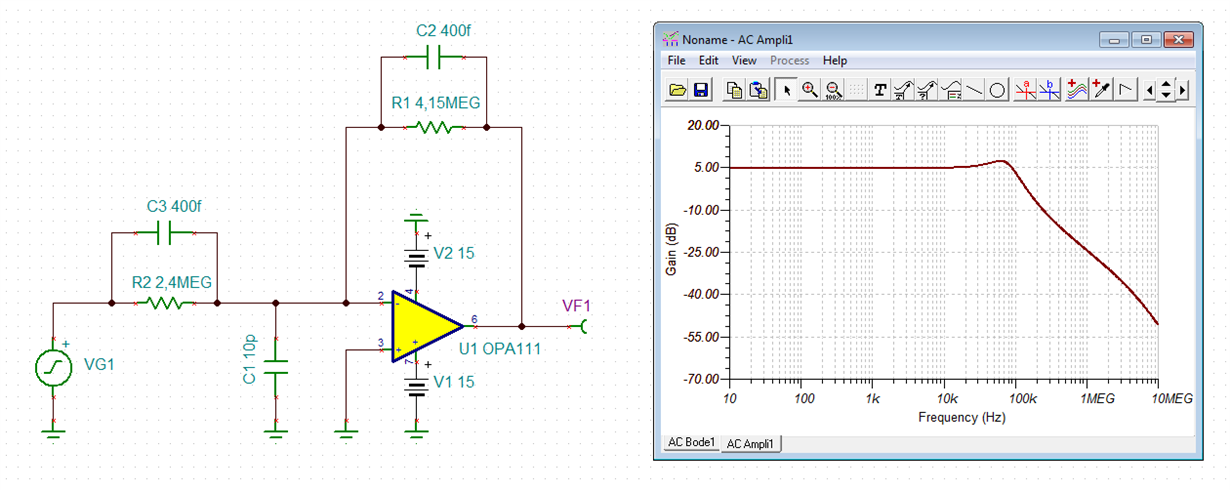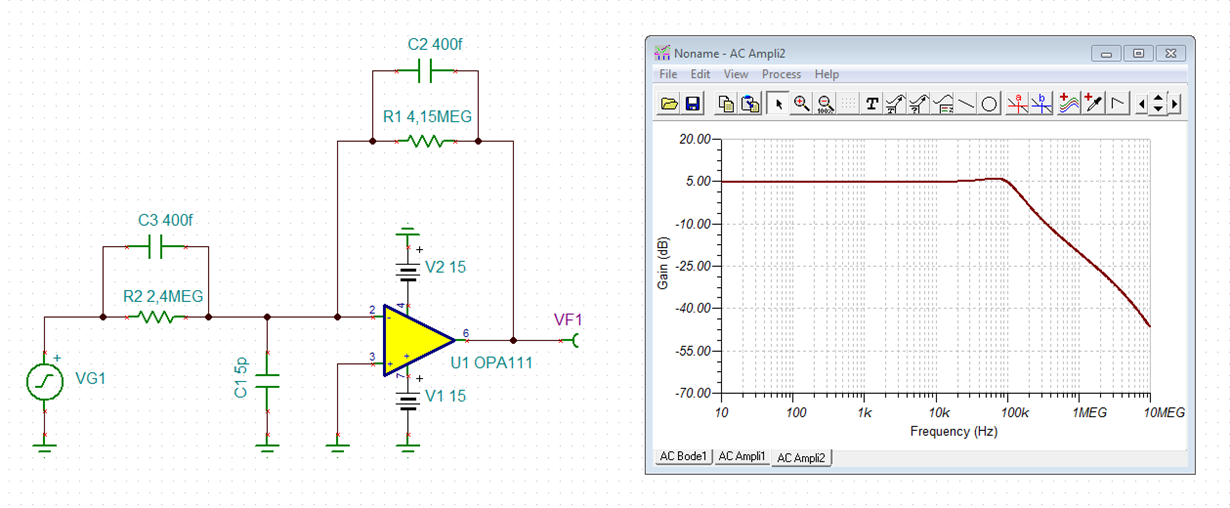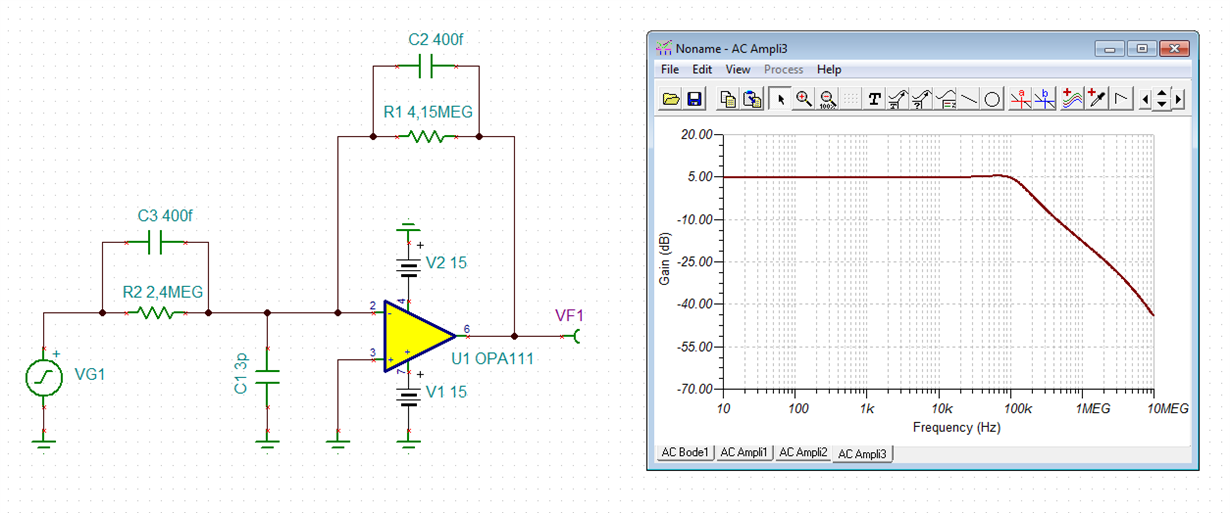Part Number: OPA111
Tool/software: TINA-TI or Spice Models
How accurately does the Spice model for the OPA111 represent the real life performance of the part? I need to know what might be causing differences between our experimental data and the data from simulation. Are there are any aspects of the OPA111 part not taken into account in the Spice model?



